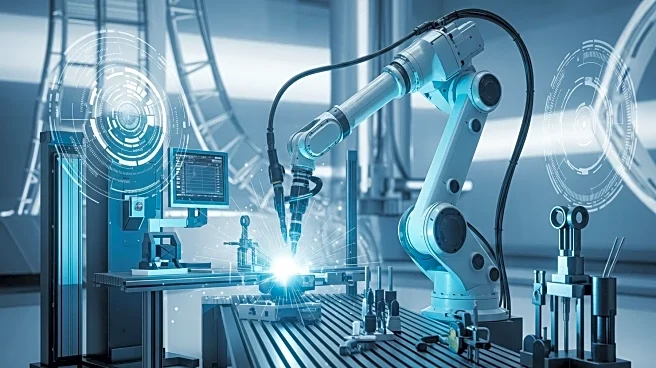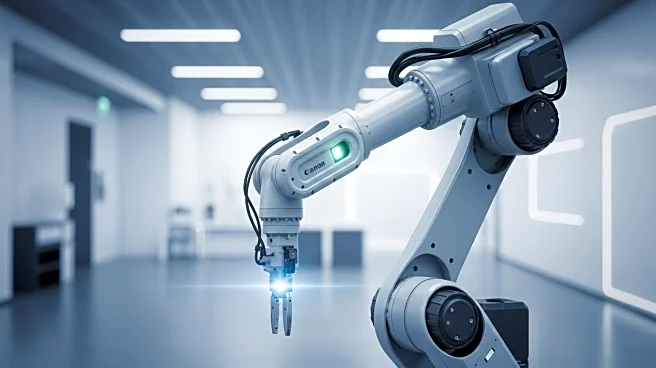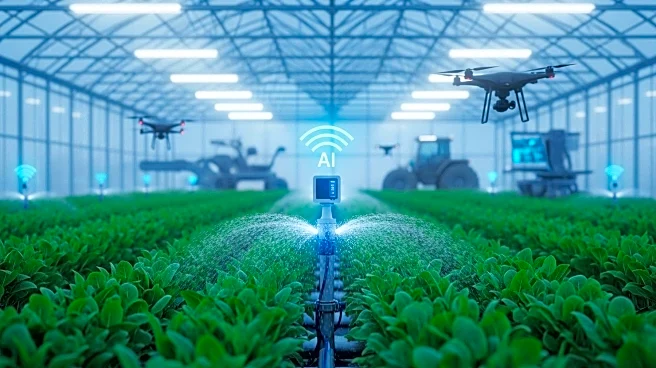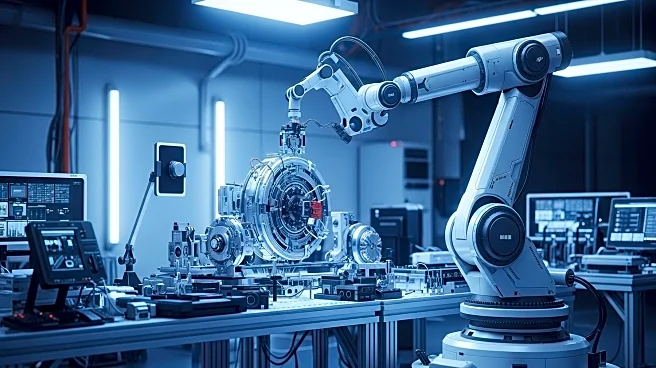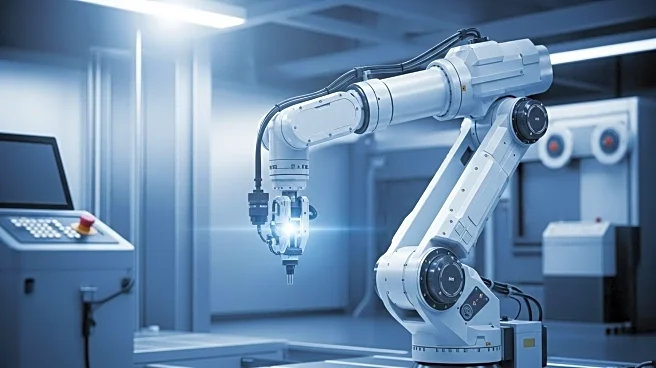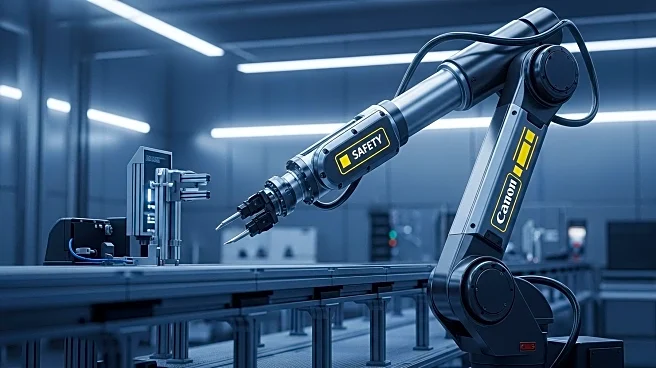What's Happening?
The integration of autonomous mobile robots (AMRs) in brownfield manufacturing environments is gaining traction as manufacturers seek to modernize legacy facilities. These environments, characterized by aging infrastructure and complex workflows, present unique challenges for automation. AMRs offer a flexible solution, capable of navigating these spaces without extensive infrastructure changes. The deployment of AMRs requires careful planning to ensure seamless integration with existing systems and minimal disruption to operations. Advanced navigation technologies, such as 3D LiDAR, enable AMRs to adapt to dynamic environments, enhancing efficiency and scalability in material movement.
Why It's Important?
The adoption of AMRs in brownfield facilities is crucial for manufacturers aiming to enhance operational efficiency without overhauling existing infrastructure. By integrating AMRs, companies can achieve significant productivity gains, reduce labor costs, and improve safety. This trend reflects a broader shift towards automation in manufacturing, driven by the need for agility and competitiveness. Successful AMR deployment can lead to a quick return on investment and position manufacturers to better meet future demands. The ability to integrate with legacy systems also ensures that manufacturers can leverage existing assets while embracing new technologies.
Beyond the Headlines
The integration of AMRs in brownfield environments highlights the importance of interoperability and collaboration between new and existing systems. This approach not only preserves the value of legacy investments but also fosters innovation by enabling a gradual transition to more automated operations. The cultural and operational shifts required for successful AMR adoption underscore the need for effective change management strategies. Training and communication are essential to ensure workforce acceptance and to maximize the benefits of automation. As manufacturers navigate these changes, partnerships with technology providers who understand the nuances of brownfield environments will be key to achieving sustainable success.


